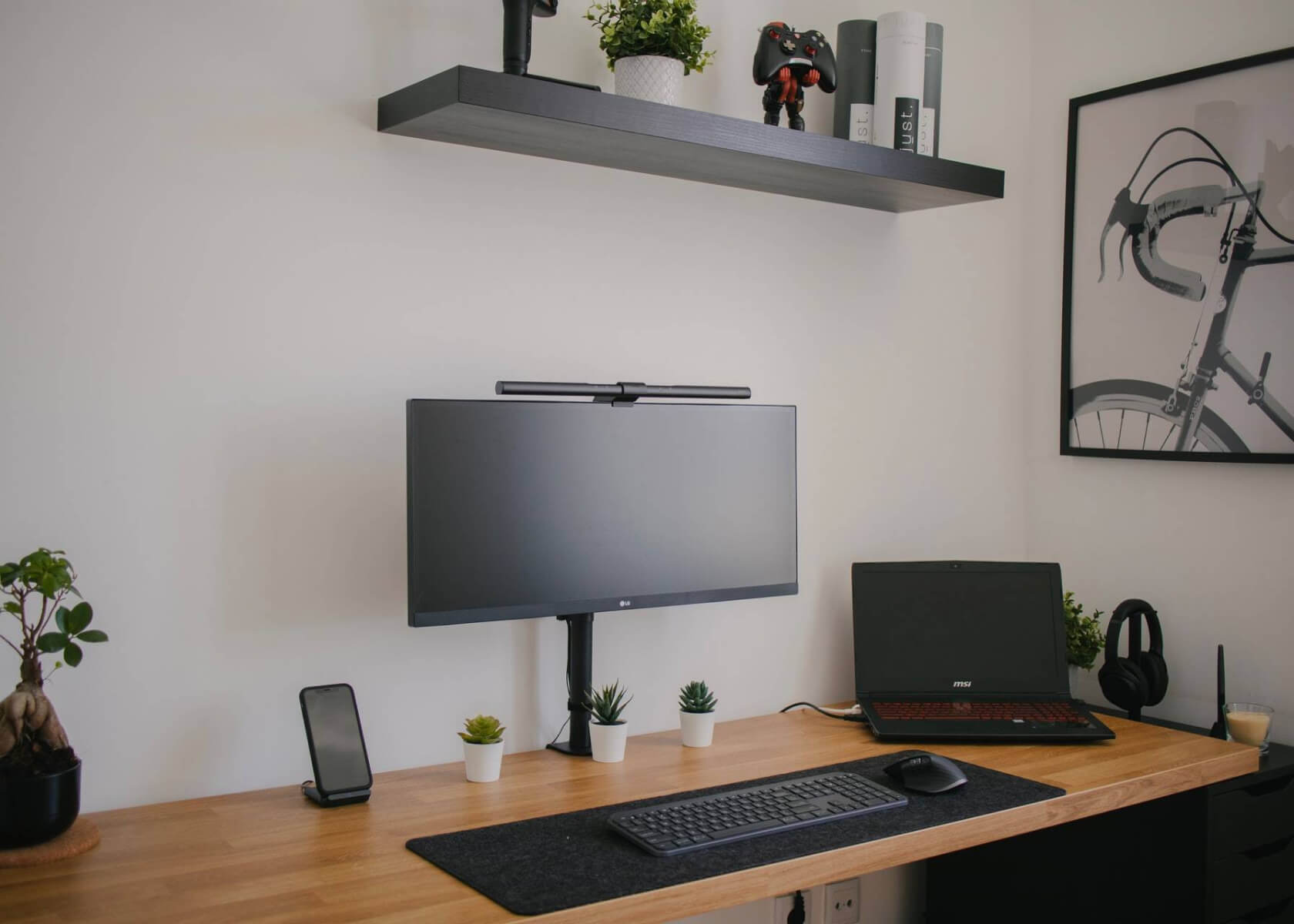Create Multi-Column Layouts: A Step-by-Step Guide for Notion

New to Notion?
How to Create Multi-column layouts in Notion
Notion is a powerful all-in-one workspace that allows users to create and customize various types of content. One of its key features is the ability to create multi‑column layouts to help you organize your information more effectively. In this article, we explore several methods to create multi‑column layouts in Notion using current features and best practices.
Method 1: Creating Columns with Drag and Drop
The simplest and most intuitive way to create columns in Notion is by using the drag‑and‑drop feature. Here’s how to do it:
- Open your Notion page and add the blocks you need (such as text, images, or lists).
- Hover over the block’s left‑hand side to reveal the six‑dot handle.
- Click, hold, and drag the block to the right of an adjacent block until you see a blue vertical line appear.
- Release the block to create a column.
- Adjust column width by dragging the vertical divider between columns.
This method allows you to quickly organize content side by side without requiring any special block types.
Method 2: Using Tables
Tables remain a useful option when you want a more structured multi‑column layout or need to display tabular data. To create a table layout:
- Open your Notion page and click the "+" icon to add a new block.
- Choose the Table – Inline option from the list.
- A table with default columns and rows will appear. To add more columns, hover over the header of an existing column, click the drop‑down arrow, and select Insert Right or Insert Left.
- Click inside each cell to add text, images, or even other blocks.
- Customize the table appearance by adjusting column widths and using available formatting options.
Tables are particularly effective when you need clearly delineated sections within your content.
Method 3: Mimicking Columns in Text
While Notion does not natively support markdown‑defined multi‑column text layouts, you can mimic this style by using a combination of inline formatting and tables if you prefer a code‑like approach. For example, you might manually create a simple two‑column layout using text like this:
Column 1 | Column 2
--- | ---
Content for column 1 | Content for column 2
Place the above lines inside a text block to simulate a side‑by‑side layout. Note that this method is best suited for lightweight column comparisons and might not offer the same flexibility as the drag‑and‑drop approach.
Conclusion
Notion offers multiple methods to create multi‑column layouts depending on your needs and preferences. Whether you choose to use the intuitive drag-and-drop method, the more structured table option, or a creative text‑based workaround, you can easily organize your content in a visually appealing manner. Experiment with these methods to discover which one fits your use case best, and enjoy the flexibility and efficiency that Notion provides.


